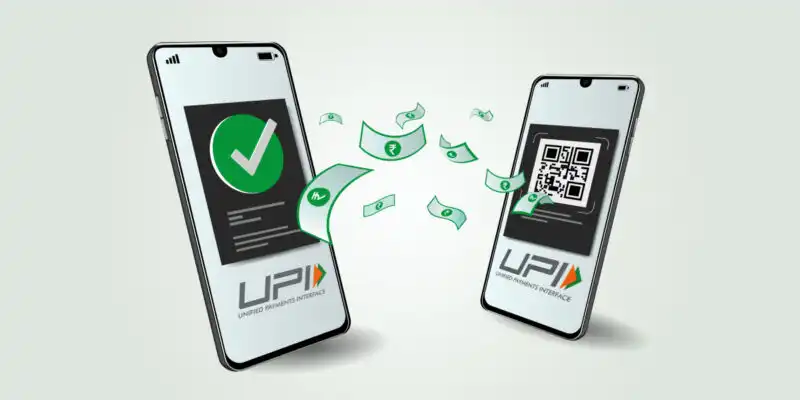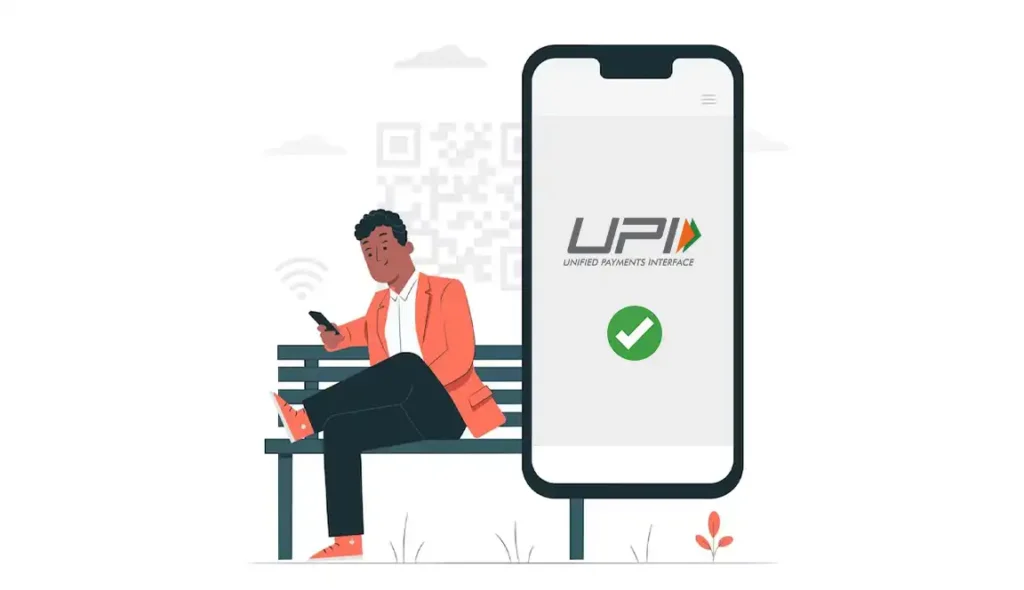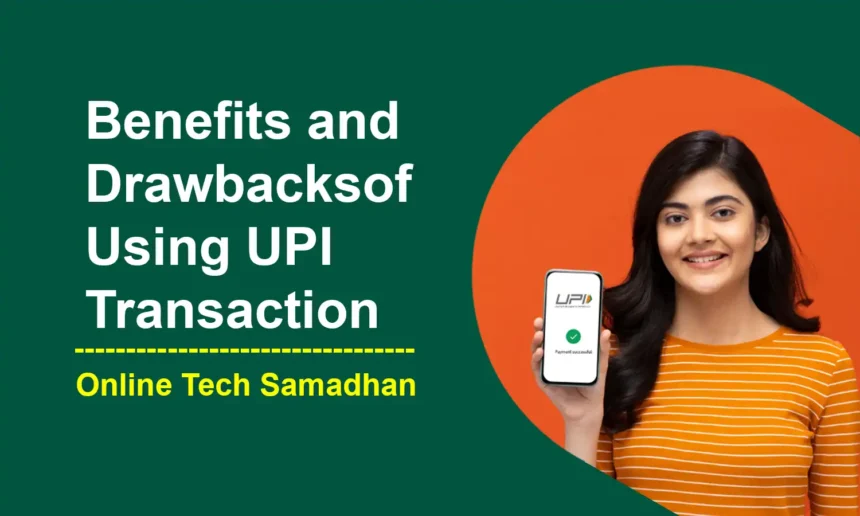Do You Know What are the Benefits and Drawbacks of Using UPI?
Have you ever wondered how easy it is to send money, pay bills, or share expenses with your friends? Well, with UPI, you can do all that and more! UPI is a digital advanced technology that has completely changed the way we make digital payments in India. It allows you to handle all your financial transactions quickly and effortlessly, right from your smartphone. But, like any new system, UPI also has its challenges.
In this article, we’ll explore the Benefits and Drawbacks of Using UPI. So get ready to discover the amazing convenience of UPI and understand its complexities. It’s time to embrace this innovative payment system and take your digital transactions to a whole new level!
What is UPI?
Think of UPI as a digital address book for your bank accounts. Instead of dealing with long numbers and complicated codes, UPI uses a simple ID like “sameer123@upi.” This ID is linked to your bank account, so when you want to send money online, you just need your friend’s UPI ID and your secret UPI PIN (a code like your ATM PIN). It’s like having a special power in your pocket that helps you move money around easily and quickly!
You May Love To Read
- How to Send WhatsApp Message Without Saving Number to Your Contacts?
- How to Download Games on Your Smartwatch: Complete Guide
- 5 Best Gold Loan Companies in Bangalore: Your Ultimate Guide
- PM Surya Ghar Scheme 2024: Get Register by Simple Steps to Follow
- Kotak Mahindra Bank Begumpet Banking Solutions in Hyderabad

Benefits of Using UPI for Online Money Transfers:
- Easy to Use: UPI provides a simple and user-friendly experience for transferring money. With just a few taps on your phone, you can quickly and easily send money to others.
- Fast Transactions: Unlike traditional banking methods, UPI allows for instant transfer of funds. This means you don’t have to wait for hours or even days for the money to reach its destination.
- Available Anytime: UPI operates 24/7, so you can initiate transactions at any time, even during weekends and holidays. This flexibility is helpful when you need to send money urgently.
- Multiple Bank Account Integration: UPI allows you to link multiple bank accounts to one UPI ID. This means you don’t need separate apps for each bank, making it more convenient to manage your finances.
- Secure Transactions: UPI employs strong security measures to protect your transactions. It uses features like two-factor authentication and encrypted data transfer to ensure the safety of your money.
Drawbacks of Using UPI for Online Money Transfers:
- Dependence on the Internet: UPI requires a stable Internet connection to work properly. If you have a poor or unreliable internet connection, it may hinder your ability to send or receive money using UPI.
- Technical Issues: Occasionally, UPI may experience technical problems or server downtime. This can result in transaction failures or delays, causing frustration and inconvenience.
- Smartphone Dependency: UPI transactions rely on smartphones and UPI apps. If you don’t own a smartphone or have limited knowledge of using one, you may face difficulties in accessing and using UPI. Although Some of the Basic Phones also Support UPI Payments now.
- Limited Acceptance: While UPI is widely accepted, some small-scale merchants and local vendors may not have the necessary infrastructure to accept UPI payments. This can be inconvenient when making payments in certain places.
- Transaction Limits: UPI imposes certain limits on transaction amounts, particularly for peer-to-peer transfers. These limits, although in place for security reasons, can be restrictive for larger transactions or frequent transfers.

New UPI Rules and Regulations 2024
- Verification and maintenance of active UPI IDs: Payment apps like Google Pay and PhonePe are now required to verify and maintain active UPI IDs. The National Payments Corporation of India (NPCI) has directed the deactivation of inactive UPI IDs after a year.
- Increased transaction limit for hospitals and educational institutions: The Reserve Bank of India (RBI) has raised the UPI transaction limit for hospitals and educational institutions from Rs 1 lakh to Rs 5 lakh. This enables higher online payments for these sectors.
- 4-hour window for first payments over Rs 2,000: RBI has proposed a 4-hour window for users initiating their first payments over Rs 2,000 to new recipients. This provides the option for transaction reversal or modification, enhancing control and security.
- Interchange fee for specific merchant UPI transactions: For specific merchant UPI transactions exceeding Rs 2,000 and involving prepaid payment instruments (PPI), such as online wallets, there will be a 1.1 percent interchange fee.
- Display of actual bank account name: When making payments using UPI apps, the actual name of the person’s bank account will now be shown on the screen, providing more clarity and accuracy.
- ‘UPI for Secondary Market’ in Beta phase: NPCI’s ‘UPI for Secondary Market’ has entered the Beta phase, allowing limited pilot customers to block funds post-trade confirmation and settle payments on a T 1 basis via Clearing Corporations, as per reports.
- Introduction of UPI-ATM: Hitachi Payment Services, in collaboration with NPCI, has launched India’s first UPI-ATM. The plan is to introduce it nationwide, allowing cash withdrawal through QR code scanning.
- Increased Transaction Limits: The maximum transaction limit for payments to hospitals and educational institutions has been raised from Rs 1 lakh to Rs 5 lakh. This change aims to simplify large fee payments. Additionally, the UPI Lite wallet limit has been increased, allowing offline transactions up to Rs 500, compared to the previous limit of Rs 200.
- Deactivation of Inactive UPIs: The NPCI has introduced measures to prevent the misuse of dormant accounts. UPI IDs and linked mobile numbers with no transactions for over a year will be deactivated.
- Interchange Fee on Merchant Payments: A new fee structure has been implemented for specific merchant UPI transactions exceeding Rs 2,000, conducted through prepaid payment instruments (PPIs) such as wallets. Merchants will bear the interchange fee of up to 1.1%, while customers will not be affected.
- Fraud Prevention Measures: The RBI has proposed a 4-hour window for users initiating their first high-value payment (over Rs 2,000) to a new recipient. This timeframe allows for reviewing or reversing the transaction if necessary, enhancing security and control.
- No Authentication for UPI Auto-Pay: Recurring UPI auto-pay transactions set up earlier no longer require authentication. This streamlines the payment process for these transactions.
Conclusion:
UPI has revolutionized online money transfers in India, offering ease and speed. Its user-friendliness, instant transactions, and 24/7 availability make it a popular choice. However, it is important to consider the limitations, such as reliance on internet connectivity and potential technical issues. Additionally, UPI may not be universally accepted by all merchants. Despite these drawbacks, UPI continues to play a significant role in advancing digital transactions in India.
UPI provides a convenient and secure way to transfer money online. It has made significant strides in embracing digital transactions, although it still has some challenges to overcome.






















